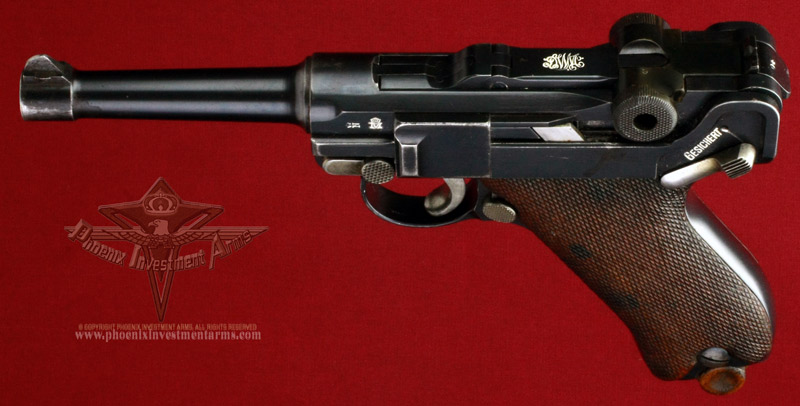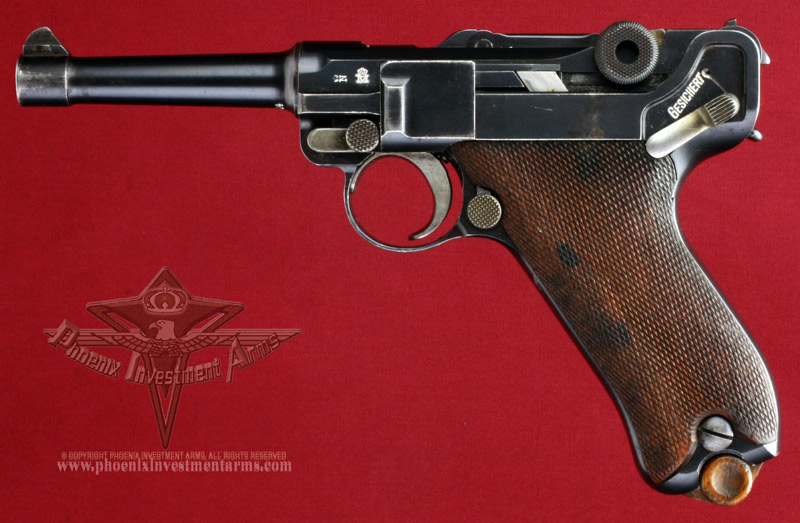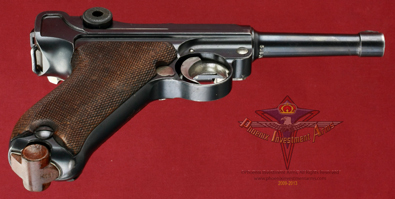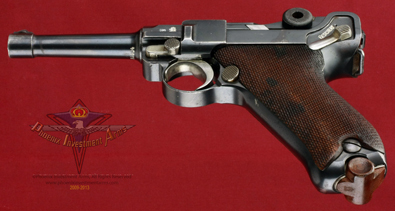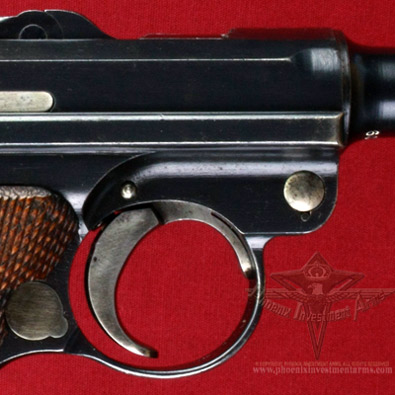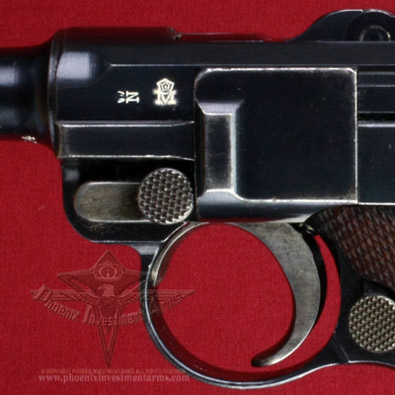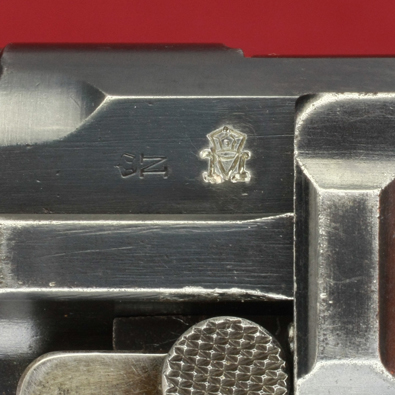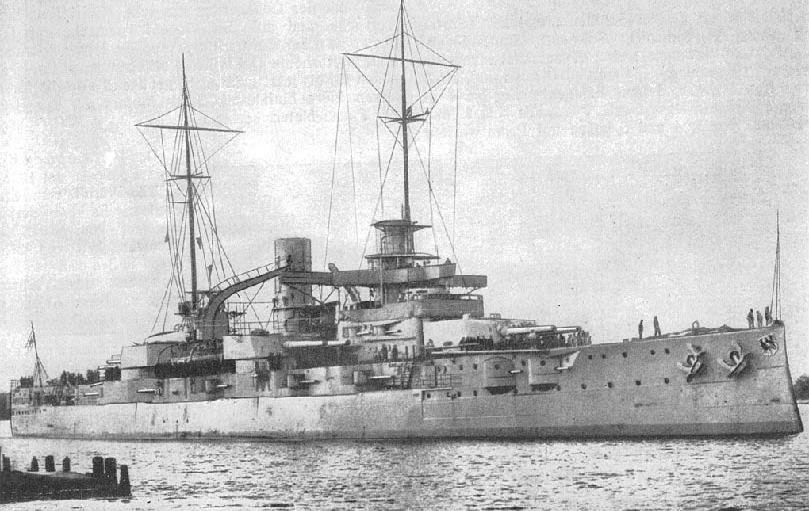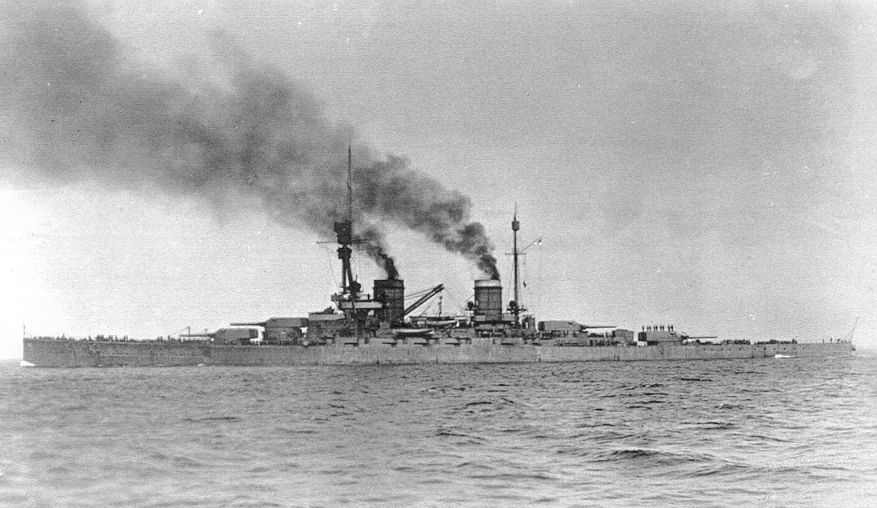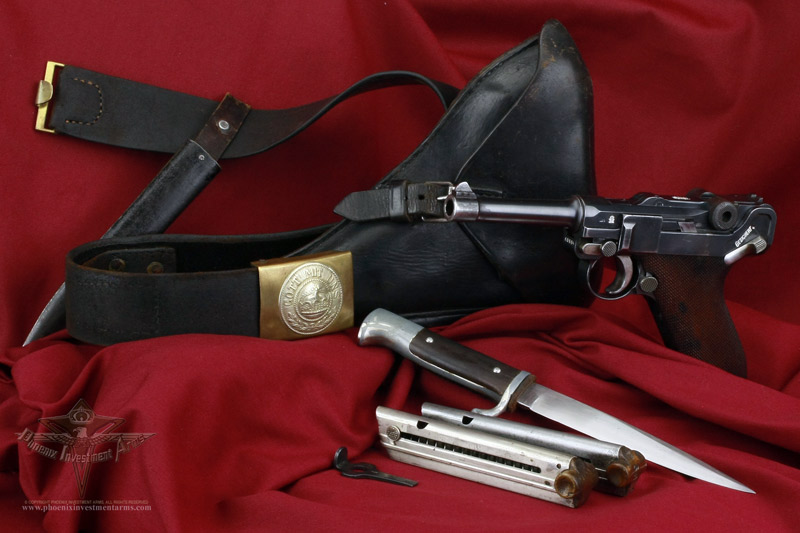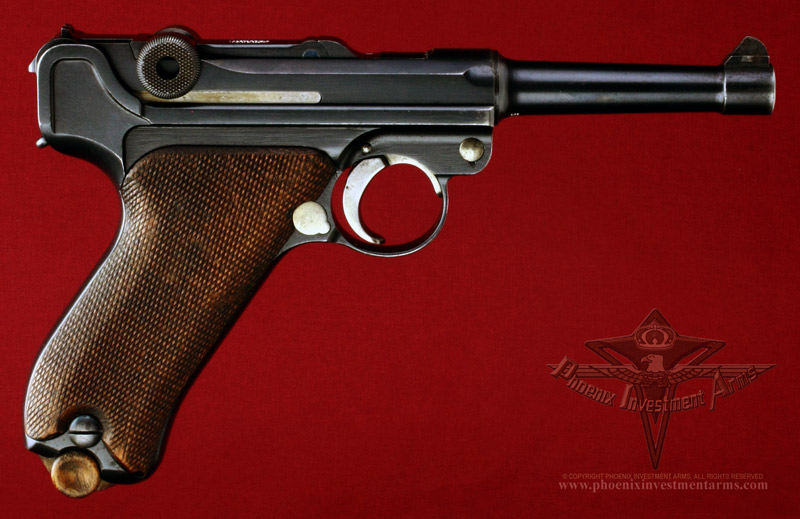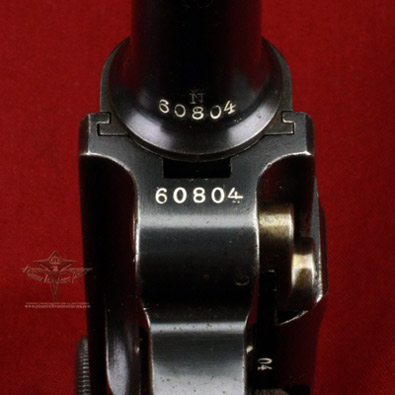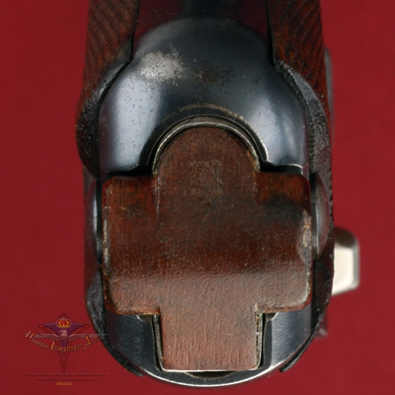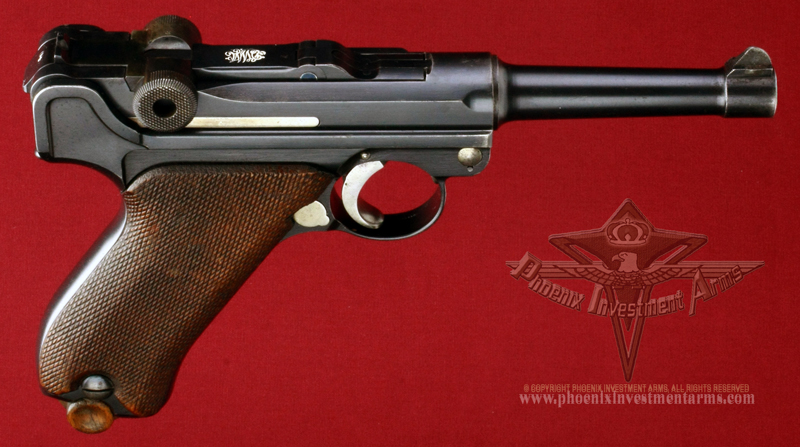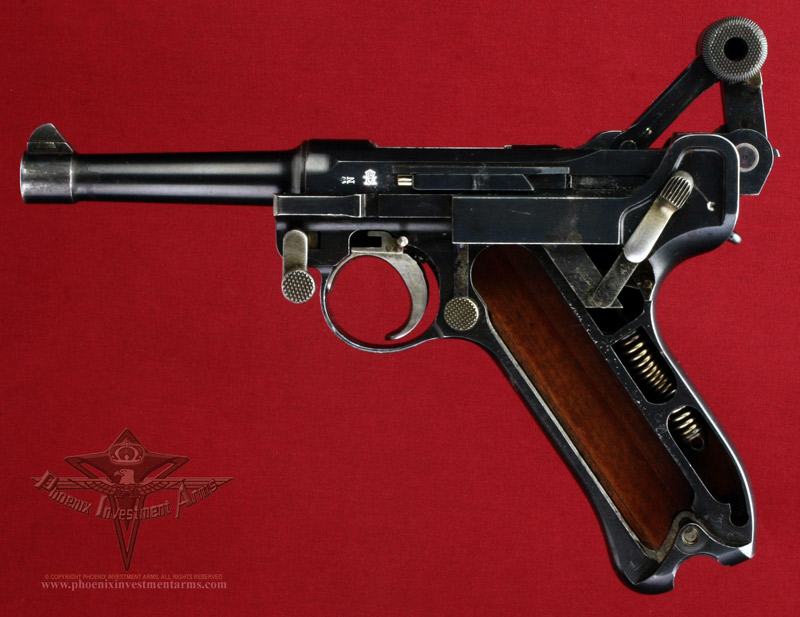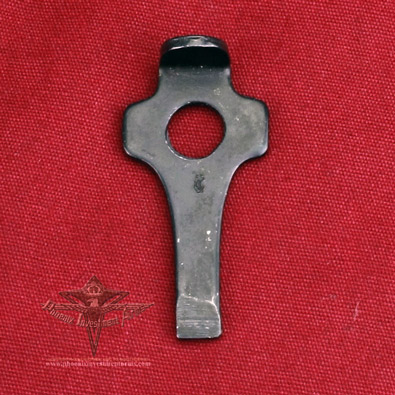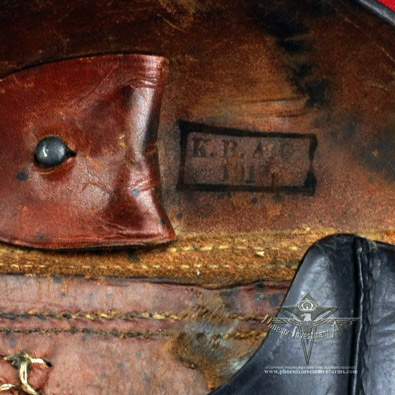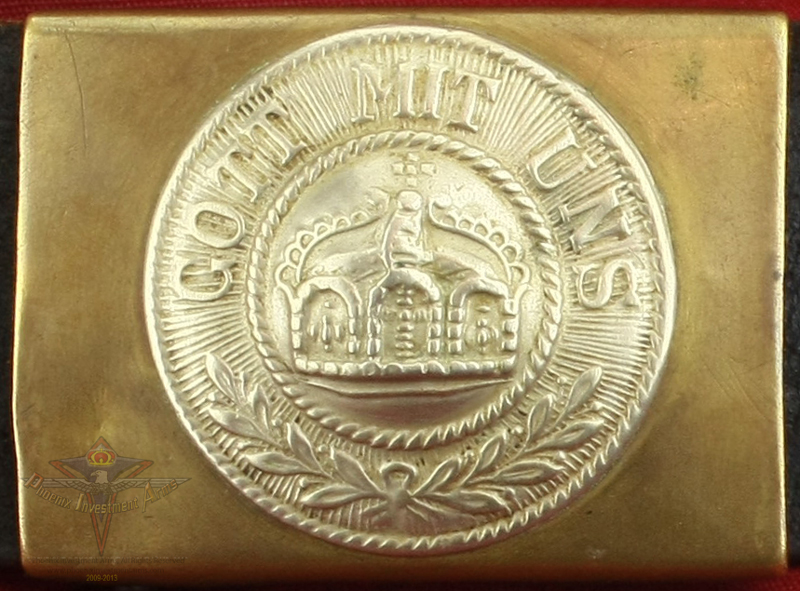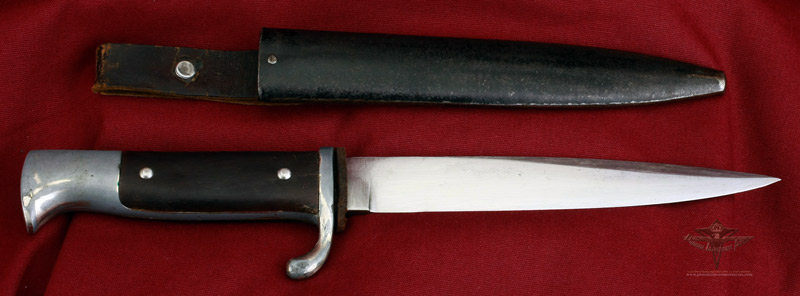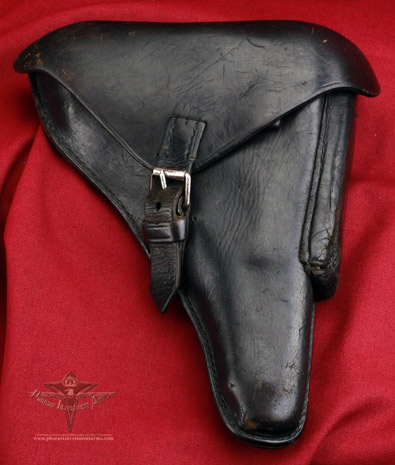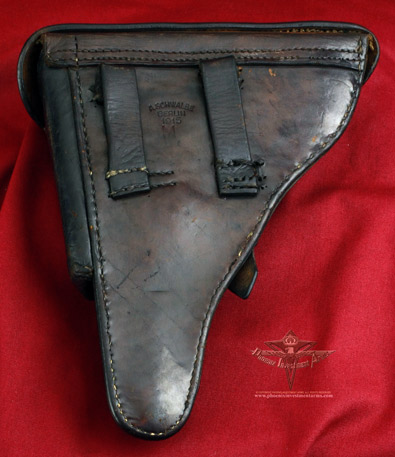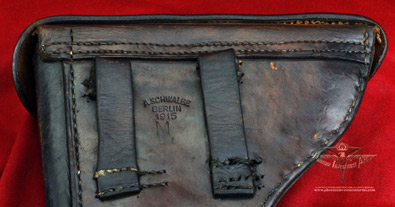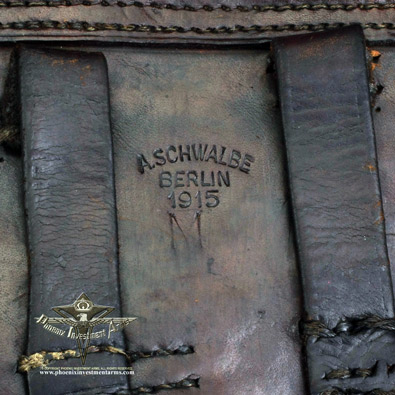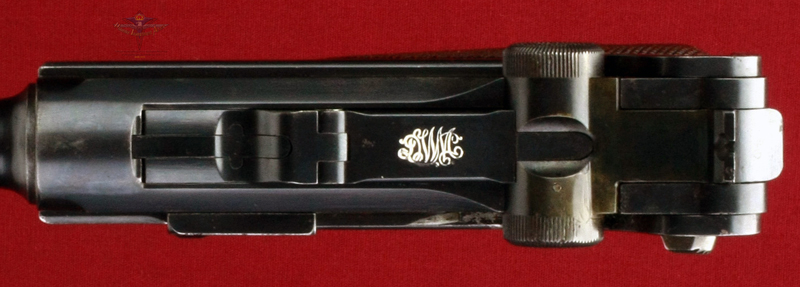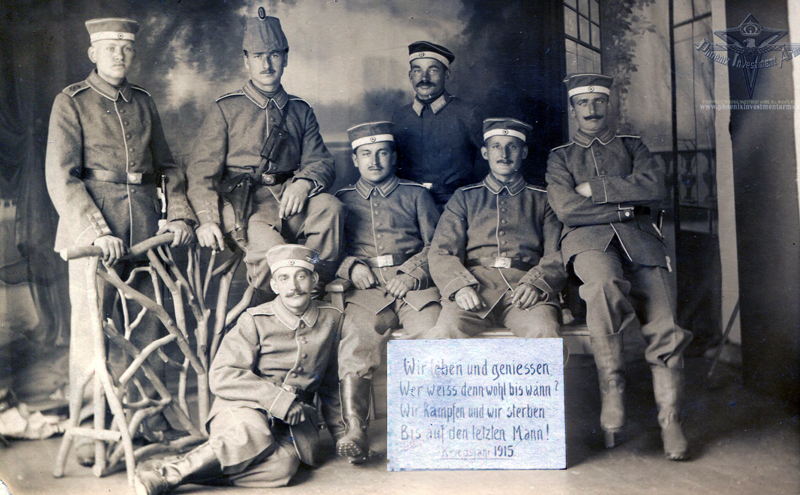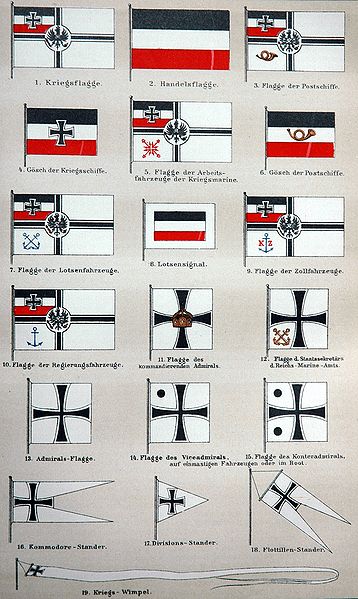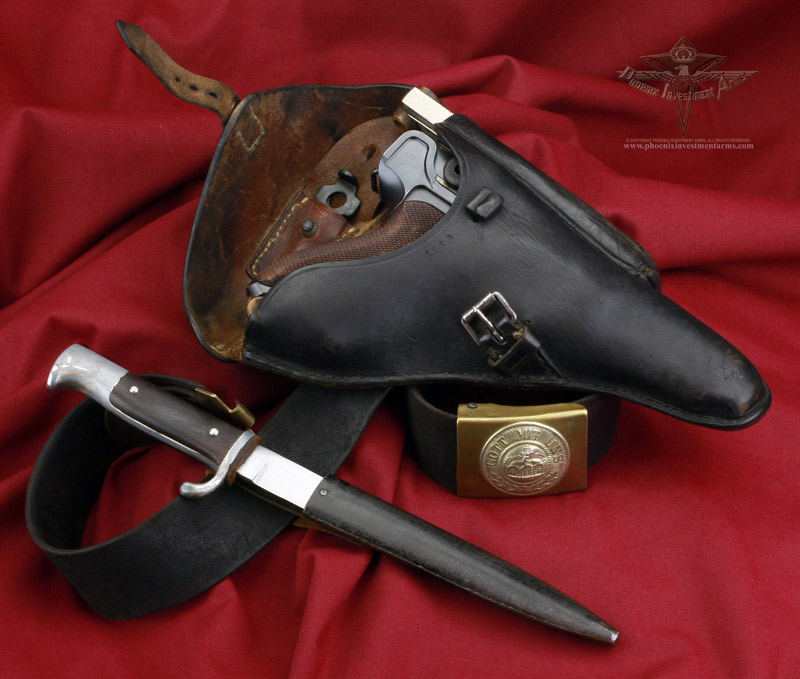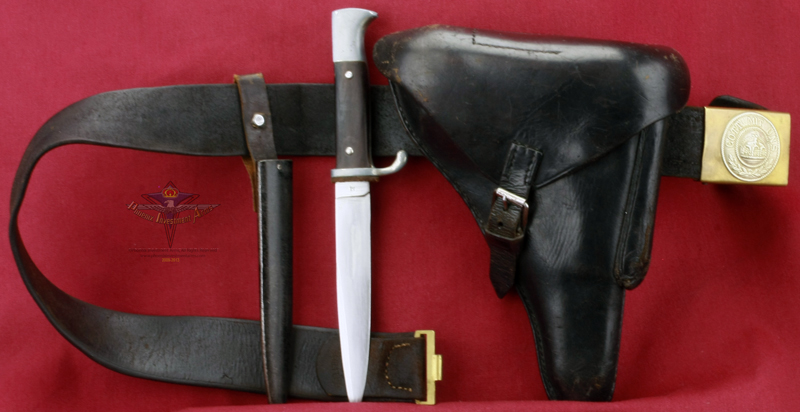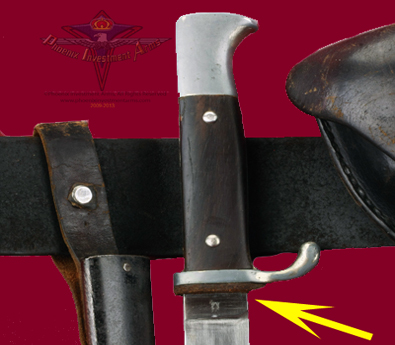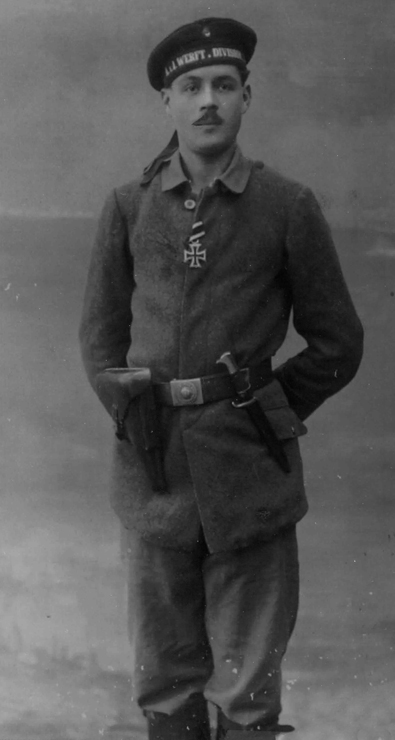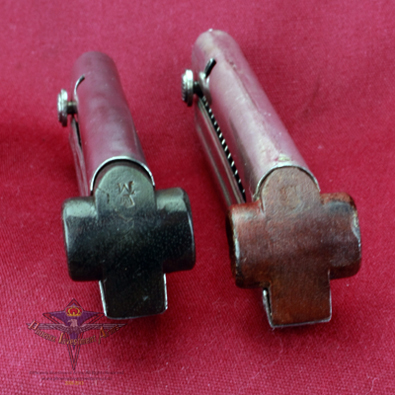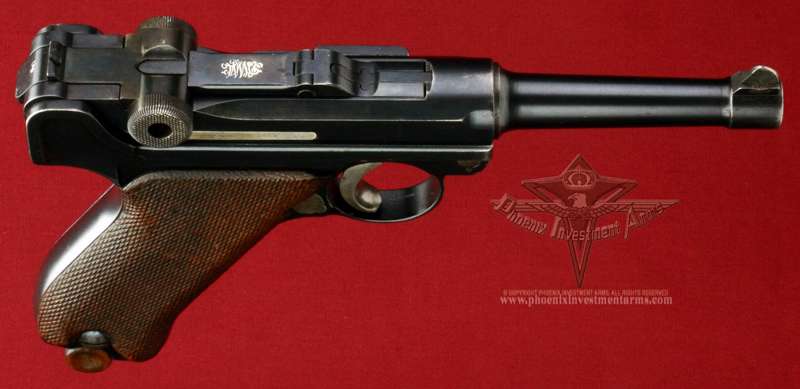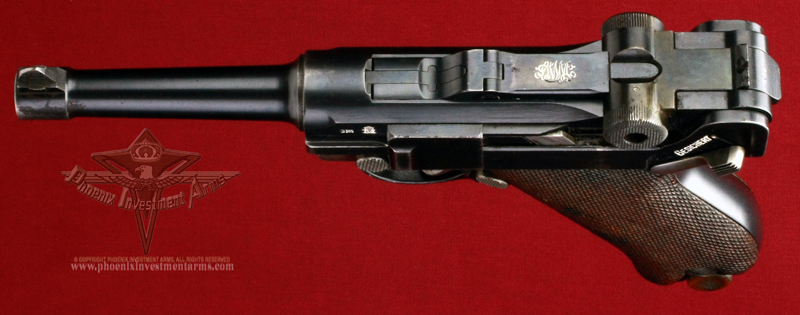|
|
| This is a 1908 Commercial DWM German army. This Parabellum is 9mm with a 4" (100mm) barrel that is proofed and serial numbered to the gun. Serial number placement is in the civilian ("concealed") style. The thumb safety is marked "Gesichert" and extractor "Geladen." This example has all matching numbers. This piece is a 4 inch (100mm) barreled 9mm Parabellum that was intended for the civilian market and bought by the Imperial Navy Kaiserliche Marine and proofed with the Marinen proofs for use on shore. (633) |
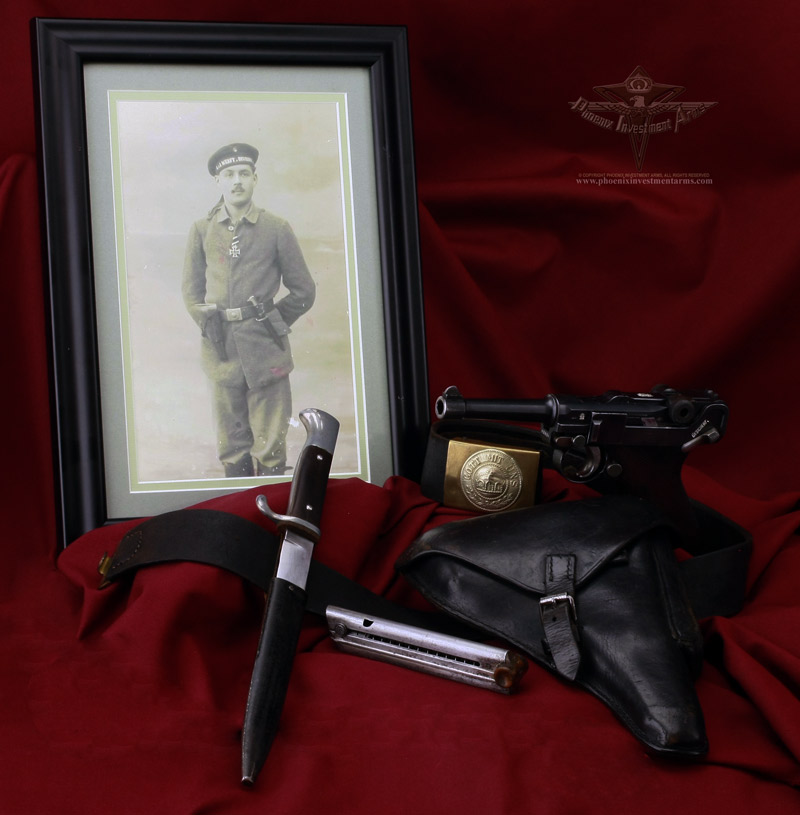 |
|
This is an extraordinary war trophy; taken from destroyed home of a WWI Imperial sailor is the all matching DWM commercial Luger with the Marinen acceptance proof, a 4" holster, a period belt with the very rare Naval Colonial dress belt buckle in addition to the proofed dagger and scabbard plus the very picture of the former owner. A colossal historical find. |
|
NOTE: Photographs taken today with the high mega-pixel camera show more than we sometimes can see with the human eye. Magnified close-ups show us tool marks and natural surface conditions that one normally doesn't see in the ordinary handling of the weapon. Photographs are copyrighted, all rights reserved, any extraction, reproduction or display of gun pictures without the express consent of the Phoenix Investment Arms is strictly prohibited. Thank you for your cooperation. Please read "Legal" for all the terms of the sale. |
